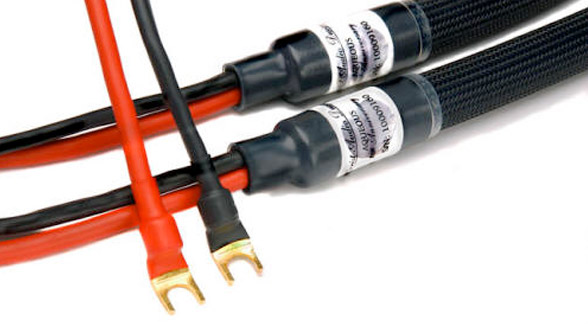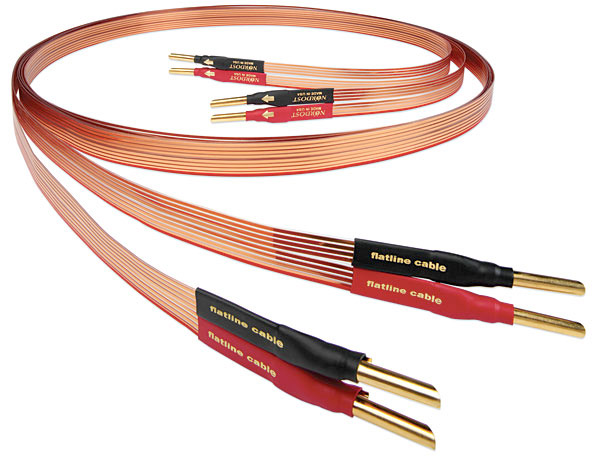Expensive Cables: Are They Worth It?
Sometimes I think I should have bypassed producing and engineering music recordings and just focused on the pieces of wire that connect our components together. Customers will complain about a $35 Blu-ray disc (with three mixes, HD-Video etc) and then have no problem spending hundreds or thousands of dollars on a 6 foot piece of cable to connect their new DAC to the AC outlet on the wall.
The reality is using different cables for interconnects and amplifier to speaker connections can cause a perceptible change in the final sound. However, just because something is different doesn’t make it necessarily better. Once again we bump into personal taste. Here’s a sampling of descriptions that I’ve gathered from various audio sites, blogs and customer testimonials. See if there’s anything familiar about the way people describe audio quality…
“…there were more subtle gradations of texture and tone in the song’s opening moments, the bass now working as a proper anchor to the heavy electric guitars and quickly shifting drum patterns. It all created a sense of swelling, purposeful movement, steady momentum, and enhanced drama—all good things.”
“…many qualities that are high among my audio priorities, especially their ability to represent believably saturated tonal colors, their apparent lack of dynamic/dramatic compression, and their overall musicality—or, if you prefer, their ability to put forth musical flow and timing without gross temporal distortion.”
OK fine. In fact, I have some wonderful cables in my studio and I routinely use DH Labs cables at the trade shows that I attend. However, I didn’t purchase them…they were supplied by the companies that make them. And my studio and the demo rooms that I put together sound great. But you can get perfectly good sound from cables selling for tens of dollars rather than hundreds or thousands of dollars.
There is an article that I read recently that did a very careful comparison of two HDMI cables and the video images that they produced. The author captured the output of the image through an inexpensive cable and one costing 10 times more. They were the same length. Then he compared the actual pixel color values on a one to one basis…guess what he found? The two images were identical. I imagine the same thing is true in audio.
Finally, I spoke to a manufacturer of expensive cables not too long ago and he told me, “I’m going to get into making guitar cables soon…I think there’s money to be made in that market.” So I asked him what his cost would be and what he expects to sell them for. He said, “I’ll have about $15 in the cable and connectors and hope to sell them for around $250.? Honestly, I don’t think the situation is any different for the cables that audiophiles purchase…there’s way too much costs for far too little improvement. Different? Maybe. But better…it’s up to you. What you’re paying for is expensive ads in glossy magazines.



The same could be said about cables parsing digital information too…check this out, $9,999 for a 6ft HDMI cable.
http://www.amazon.com/AudioQuest-Diamond-2m-Braided-Cable/dp/B003CT2A2M/ref=sr_1_3?s=electronics&ie=UTF8&qid=1367353623&sr=1-3
I honestly think it’s a joke…all that money to transfer 1’s and 0’s? I’d rather put that money into some nice DACs.